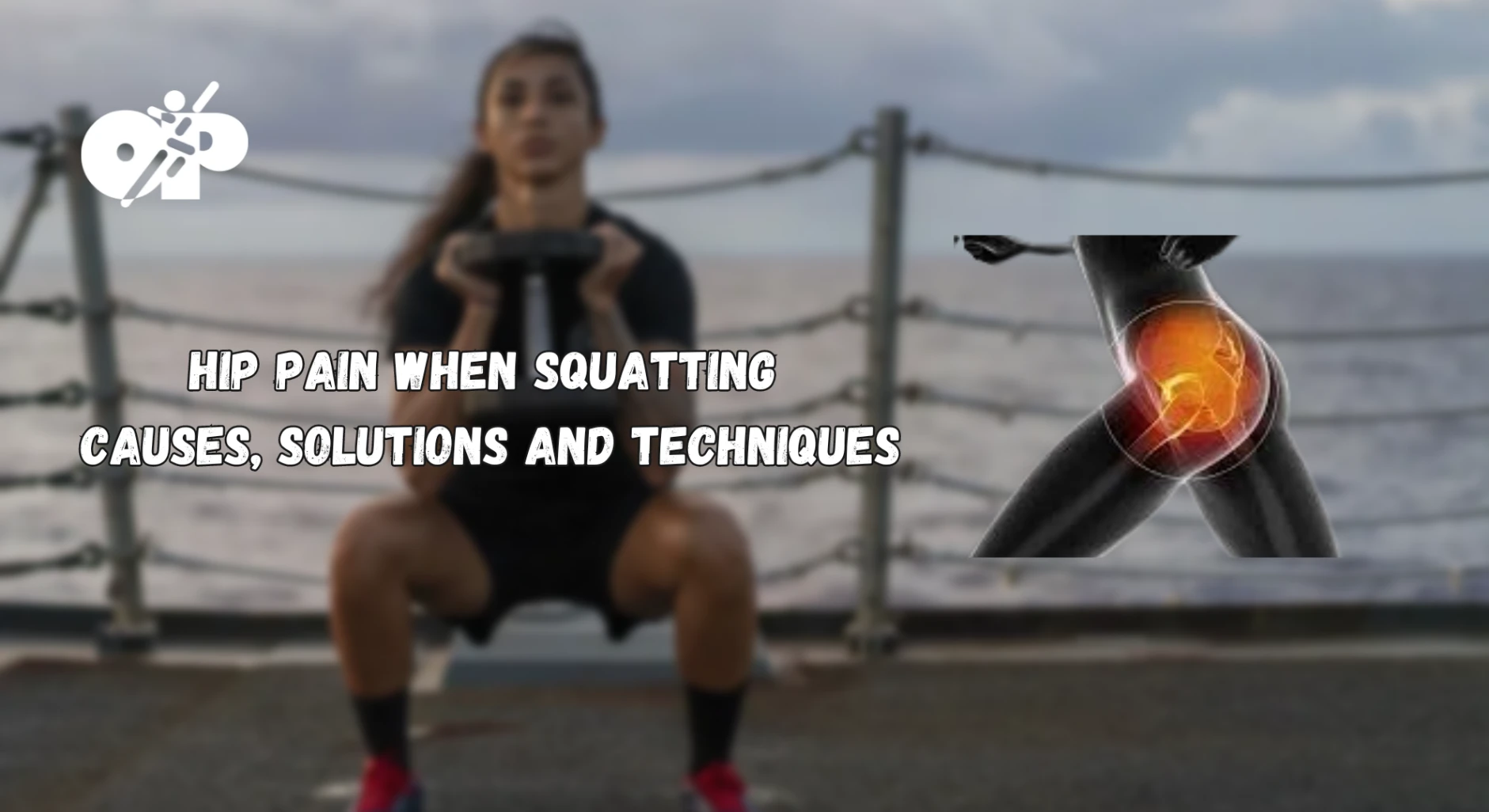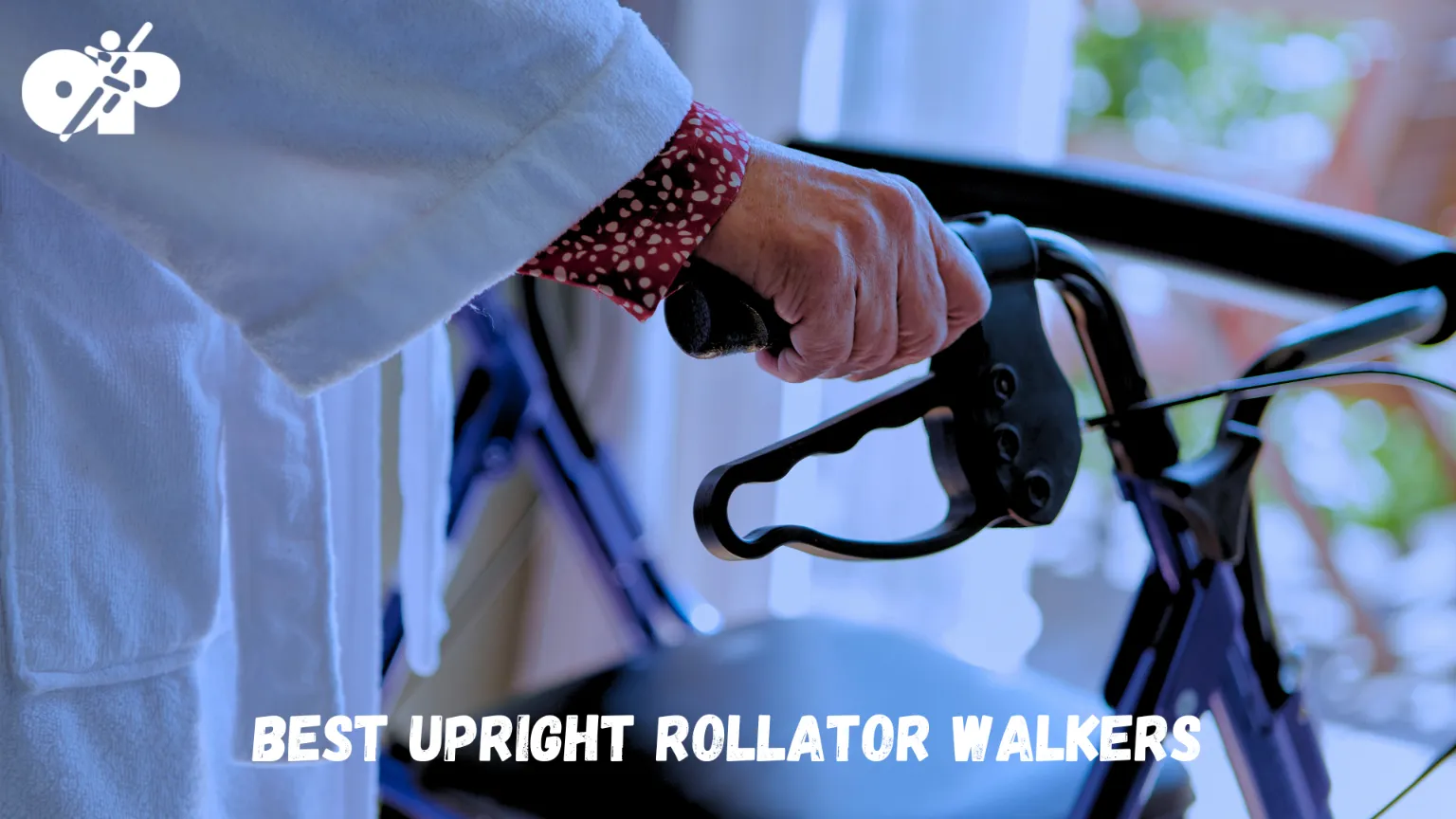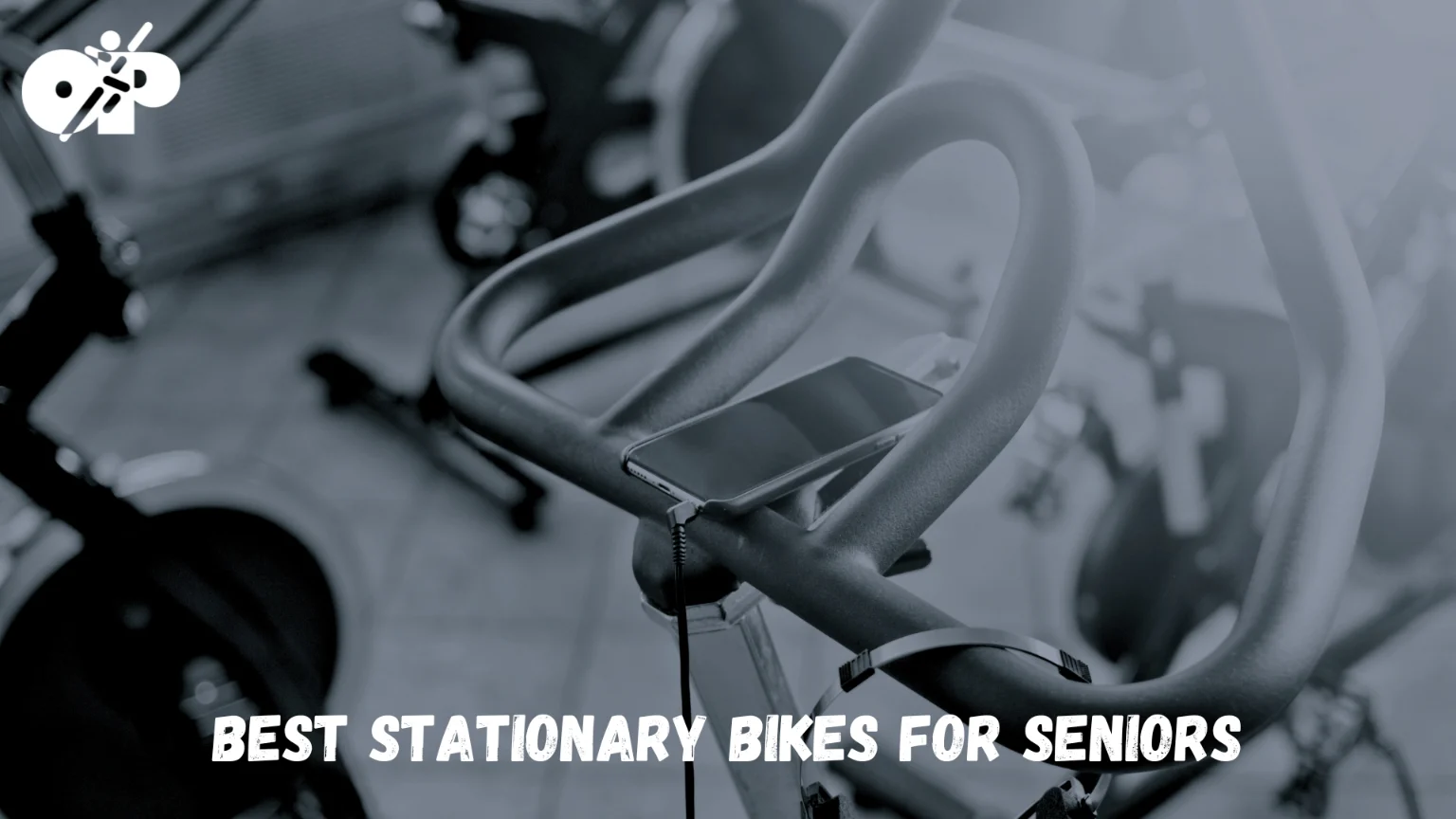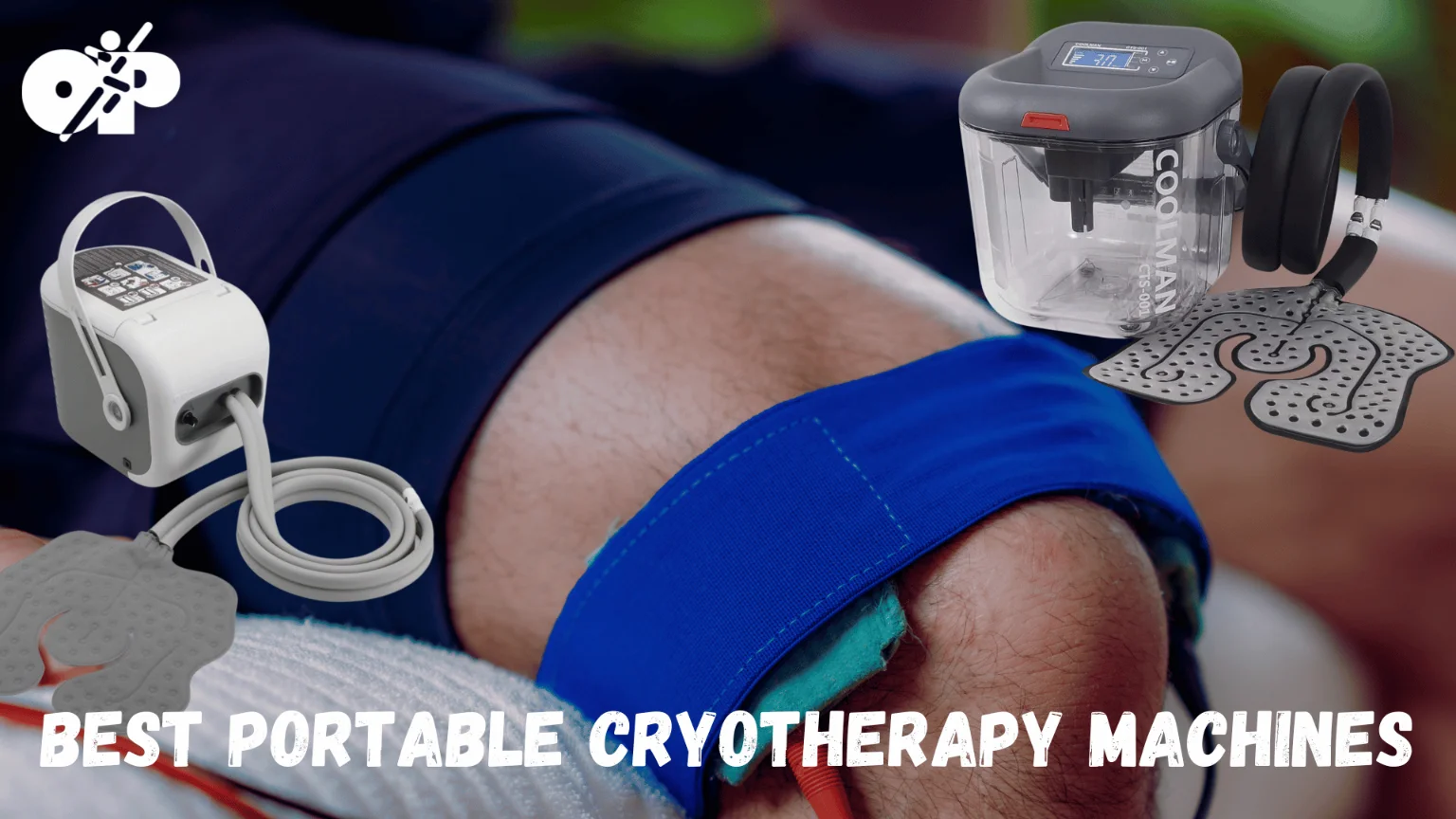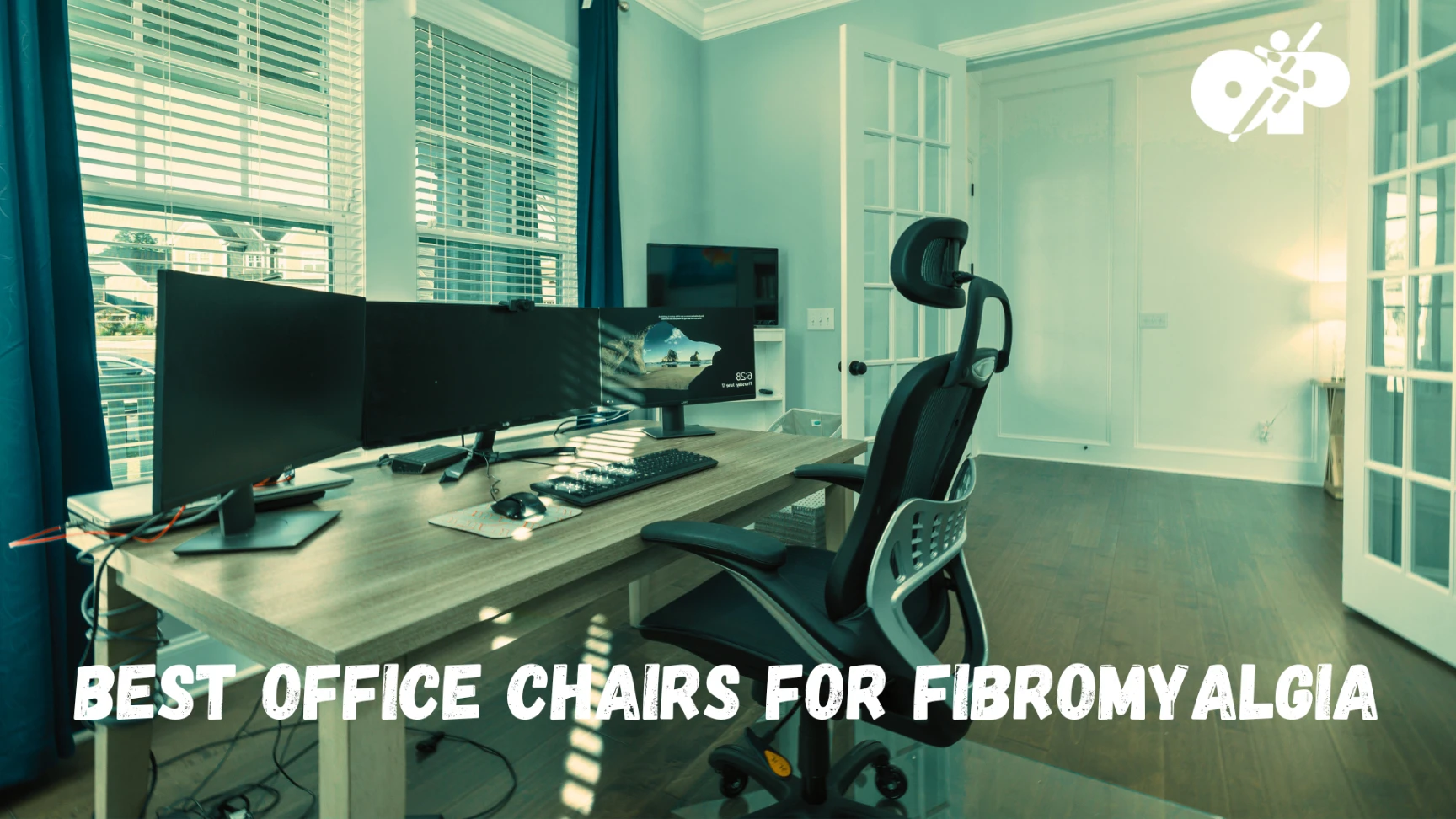Squatting, a motion deeply rooted in human history, is integral to numerous physical activities, ranging from basic daily tasks like picking up an object to advanced athletic performances. The ability to squat efficiently not only enhances athletic ability but also ensures the long-term health of our joints, particularly the hips. However, a significant portion of people, regardless of their fitness levels, report experiencing hip pain. This is an alarming trend, given the foundational nature of the squat movement in our lives.
By delving into the connection between hip pain and squatting, we can enhance our understanding, allowing for better prevention and treatment strategies. This article will explore this intricate relationship, examining the anatomy of the hip, the mechanics of squatting, causes of hip pain, treatment, and prevention.
Anatomy of the Hip Joint
Bones
The hip joint is one of the most crucial joints in the human body, formed by the intersection of the femur (thigh bone) and the pelvis. The head of the femur, shaped like a ball, fits into the acetabulum, a socket in the pelvic bone, creating a ball-and-socket joint. This design allows for a wide range of movements, from forward and backward motions to side-to-side movements and rotations.
Muscles
The muscles surrounding the hip joint provide stability and facilitate motion:
Gluteals
These muscles, located in the buttocks, include the gluteus maximus, medius, and minimus, responsible for hip extension, abduction, and rotation.
Hip Flexors
Primarily the iliopsoas muscle, they allow the thigh to be lifted and play an essential role in walking and running.
Hamstrings
Located at the back of the thigh, they enable hip extension and are crucial for activities like sprinting.
Adductors
These muscles run along the inner thigh, drawing the leg inward. They assist in stabilizing the hip during activities like walking.
Ligaments and Tendons
The hip joint’s stability is further enhanced by several ligaments, including the iliofemoral, pubofemoral, and ischiofemoral ligaments. These provide stability by limiting excessive movement. Tendons, such as the iliopsoas tendon, connect muscles to bones and play a key role in transmitting muscular forces to the skeletal system.
How These Components Work Together
The hip joint’s components must work in harmony to provide smooth, pain-free motion. The ligaments and joint capsule provide stability, preventing dislocation, while the muscles allow for various movements, including flexion, extension, abduction, adduction, and rotation. Any imbalance or dysfunction in these elements can lead to pain or injury, particularly during demanding activities like squatting. Understanding this complicated coordination is essential for both prevention and treatment of hip-related issues.
Working Together
For effective movement, these components must function in harmony. Any disruption can impair mobility and cause discomfort or injury.
Common Causes of Hip Pain When Squatting
Incorrect Form or Technique
Incorrect form during squatting is a primary cause of hip pain. Mistakes like letting the knees cave in, improper foot alignment, and not engaging the core can lead to undue pressure on the hip joint. This misalignment strains muscles and ligaments, leading to acute pain or chronic issues over time. Learning proper squatting technique and employing mindfulness during execution is essential to avoid these problems.
Underlying Health Conditions
Hip pain during squatting might indicate underlying health conditions. Conditions like osteoarthritis, where the cartilage between the joint wears away, can make squatting painful. Hip labral tears, a rip in the ring of cartilage surrounding the hip socket, are also a concern. Hip impingement, where the hip bones are abnormally shaped, causing pinching during movement, can be exacerbated by squatting. Understanding personal health conditions and modifying squatting technique accordingly can mitigate these risks.
Overuse and Strain
Overuse and strain are common causes of hip pain when squatting. Engaging in excessive squatting or heavy lifting without proper rest and recovery strains the muscles and ligaments around the hip. It can lead to inflammation and chronic pain if not addressed. Implementing a balanced workout routine, focusing on various muscle groups, and allowing adequate recovery time is crucial in preventing overuse injuries.
Inflexibility and Tight Muscles
Inflexibility and tight muscles can lead to imbalances during squats, causing hip pain. Tight hip flexors or adductors limit the range of motion, and stiffness in these areas may pull the hips out of alignment during squatting. A lack of flexibility may lead to compensatory movements, placing stress on the hip joint and related structures. Regular stretching, warm-ups, and flexibility training can help in keeping the muscles supple and prevent these issues.
The Mechanics of Squatting
Proper Squatting Technique
Squatting is a multi-joint movement that engages several muscle groups. Proper technique is vital for maximizing effectiveness and minimizing injury risk:
- Starting Position Stand with feet shoulder-width apart, toes slightly turned out. The chest should be up, shoulders relaxed, and the core engaged.
- Descent Begin by pushing the hips back, then bending the knees. Maintain a neutral spine, keeping the chest up and eyes forward. The knees should track over the toes without caving inward.
- Depth The ideal squat depth varies among individuals. Some might reach parallel (thighs parallel to the ground), while others might go deeper. The key is to maintain alignment and comfort.
- Ascent Press through the heels, straightening the hips and knees to return to the starting position. Keep the chest lifted and the core engaged throughout.
How Improper Squatting Can Lead to Hip Pain
Improper squatting mechanics can lead to various issues, including hip pain:
Knees Caving In
If the knees collapse inward during a squat, it creates an internal rotation at the hips, placing stress on the hip joint.
Improper Foot Position
Feet that are too close together or uneven can create an imbalance, leading to undue strain on the hip.
Insufficient Hip Mobility
A lack of mobility in the hip can force compensatory movements elsewhere, causing stress on the hip joint and surrounding structures.
Going Too Deep
For some, squatting too deep might pinch the soft tissue in the hip joint, causing pain.
These improper techniques often result from weakness, imbalances, or lack of awareness and can be corrected with proper training and guidance.
Common Mistakes
Several common mistakes may lead to hip pain during squatting:
Rounding the Back
Losing the natural arch in the lower back during a squat can strain the hips and lower back.
Uneven Weight Distribution
Shifting weight predominantly to one side can create an imbalance, stressing the hip on one side.
Overextending at the Top
Overextending or arching the back at the top of the squat can place unnecessary stress on the hips.
Ignoring Pain or Discomfort
Continuing to squat despite feeling pain or discomfort can exacerbate underlying issues, leading to more significant injuries.
Proper education, coaching, and self-awareness can help in identifying and correcting these mistakes.
Diagnosis and Treatment
How Healthcare Professionals Diagnose Hip Pain
Diagnosis of hip pain related to squatting is a comprehensive process that typically involves:
- Medical History Gathering information about the patient’s medical history, activity level, and specific symptoms helps to identify potential underlying conditions or risks.
- Physical Examination A healthcare provider will perform a physical examination to assess pain, swelling, range of motion, strength, and stability in the hip area.
- Imaging Studies X-rays, MRIs, or CT scans may be employed to visualize the bones and soft tissues, providing insight into potential structural problems.
- Specialized Tests Some diagnostic procedures, such as ultrasound-guided injections or labral stress tests, might be used to identify specific conditions like labral tears or impingement.
This comprehensive approach ensures an accurate diagnosis, which is crucial for effective treatment.
Treatment Options
Treatment for hip pain related to squatting will depend on the underlying cause and may include:
Rest and Activity Modification
Allowing time for the affected tissues to heal and modifying or avoiding activities that exacerbate pain.
- Physical Therapy A personalized rehabilitation program to improve strength, flexibility, and movement patterns, often guided by a physical therapist.
- Medications Over-the-counter pain relievers like NSAIDs may help manage pain and inflammation.
- Injections Corticosteroid injections can provide temporary relief for some hip conditions.
- Surgery In severe cases, surgical intervention might be required, such as arthroscopic surgery to repair a labral tear.
Rehabilitation Exercises
Rehabilitation exercises aim to restore function and prevent re-injury. Common exercises might include:
- Hip Flexor Stretches To increase flexibility and relieve tension.
- Glute Strengthening Targeting the glutes to improve stability and alignment.
- Core Stability Exercises Engaging the core muscles to support the hip and spine.
Role of Physiotherapy
Physiotherapy plays a vital role in treating hip pain related to squatting. Experienced physiotherapists can design a tailored rehabilitation plan, focusing on the specific needs and goals of the patient, ensuring a safe and effective return to activity.
Certainly! Physiotherapy exercises, especially for hip pain related to squatting, are carefully designed to address the specific needs of the individual. These exercises target various objectives, such as restoring range of motion, building strength, improving stability, and enhancing overall movement patterns. Here’s a detailed look at some of the common physiotherapy exercises and their benefits:
Hip Flexor Stretches
- Purpose To alleviate tightness in the hip flexors, which can influence squatting mechanics and cause discomfort.
- Execution Begin by stepping one foot forward into a lunge position. Keep the back knee on the ground and gently push the hips forward. A stretch should be felt in the front of the hip of the trailing leg. Hold for 20-30 seconds, then switch legs.
Glute Strengthening
- Purpose Strengthening the glutes helps stabilize the hips during squatting and other activities.
- Execution One effective exercise is the glute bridge. Lay on your back with knees bent and feet flat on the ground. Lift the hips off the ground by squeezing the glutes until the body forms a straight line from the shoulders to the knees. Hold briefly, then lower. Repeat for reps.
Core Stability Exercises
- Purpose A strong core supports the spine and can improve hip alignment during squats.
- Execution The plank is a classic core stability exercise. Start face down, resting on the elbows and toes. Maintain a straight line from head to heels, engaging the abdominal muscles. Hold this position without letting the hips sag.
Hip Abduction
- Purpose Strengthen the muscles on the outside of the hips to improve stability.
- Execution Lay on one side with legs stacked. Lift the top leg upwards while keeping it straight, then lower it back down. Repeat for reps, then switch sides.
Quadruped Hip Circles
- Purpose Enhance hip mobility and activate surrounding musculature.
- Execution Start on all fours in a tabletop position. Keeping the knee bent at 90 degrees, lift one leg out to the side and make circular motions with the hip. Perform in both clockwise and counter-clockwise directions, then switch legs.
Piriformis Stretch
- Purpose The piriformis muscle, when tight, can contribute to hip discomfort.
- Execution Sit on the floor and cross one ankle over the opposite knee. Gently press on the raised knee while leaning slightly forward. A stretch should be felt in the buttocks of the crossed leg. Hold for 20-30 seconds, then switch sides.
Prevention and Training Tips
Warm-up Routines
Proper warm-up routines are essential to prepare the body for squatting and other physical activities. It increases blood flow, warms up the muscles, and improves flexibility.
- Dynamic Stretches Leg swings, lunges, and high knees to enhance mobility.
- Light Cardio A few minutes of jogging or jumping jacks to raise the heart rate.
- Specific Warm-ups Light squatting with body weight or minimal weights to prepare the muscles involved.
Proper Equipment
Utilizing proper equipment can help in preventing hip pain
- Footwear Supportive shoes that provide stability during squatting.
- Weight Belts For those lifting heavy weights, a weight belt may offer additional core support.
- Barbell Pads To cushion and distribute pressure during back squats.
Ongoing Care and Stretches
Regular maintenance of the body is vital for preventing injuries:
- Stretching Regular stretching helps maintain flexibility and can alleviate tight muscles.
- Foam Rolling This technique helps in breaking up fascial adhesions and promoting muscle recovery.
- Rest Adequate rest between sessions allows the body to heal and reduces the risk of overuse injuries.
Squats Hip Pain – Conclusion
Prevention and training tips for those engaging in squatting are instrumental in maintaining hip health. Proper warm-ups, the use of suitable equipment, ongoing care, and stretches, and personalized exercise regimens contribute to the safe and effective performance of squats. The combined approach of precautionary measures and individualized training programs can significantly reduce the risk of hip pain and enhance overall athletic performance.

